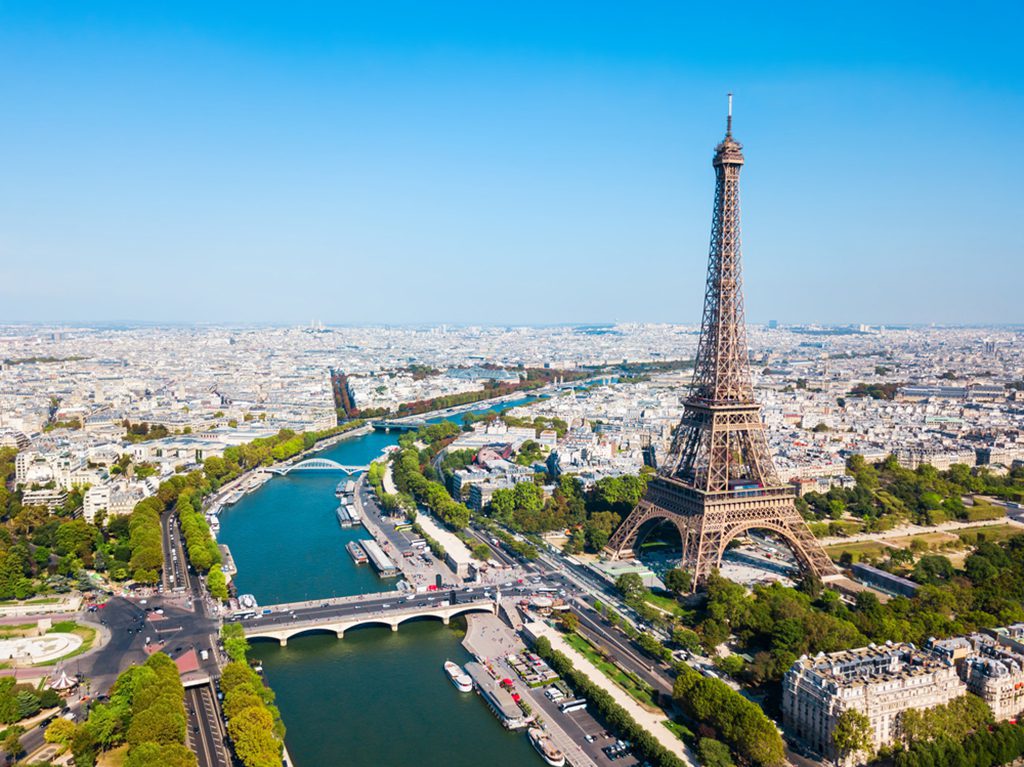The French wine and cheese industries have helped make France the most visited country in the world. France’s castles in the Loire Valley, Brittany, and Normandy draw tourists, but the country’s ancient towns and scenic landscape also draw crowds. France boasts a mild climate, some of the world’s best cuisine and wine, and some of the world’s most beautiful beaches (particularly on the French Riviera, the Atlantic coast, and the island of Corsica). Winter sports enthusiasts will also find a plethora of opportunities in the Alps and the Pyrenees.
These are the best of France’s tourist destinations:
Chenonceau Chateau is one of the most well-known chateaux in the Loire Valley. The boat docking areas are located below the 16th-century château, which straddles the River Cher. Its beautiful grounds make it the second most visited chateau in France, after Versailles. It was rebuilt after being damaged by World War II bombing.
28. Le Puy-en-Velay
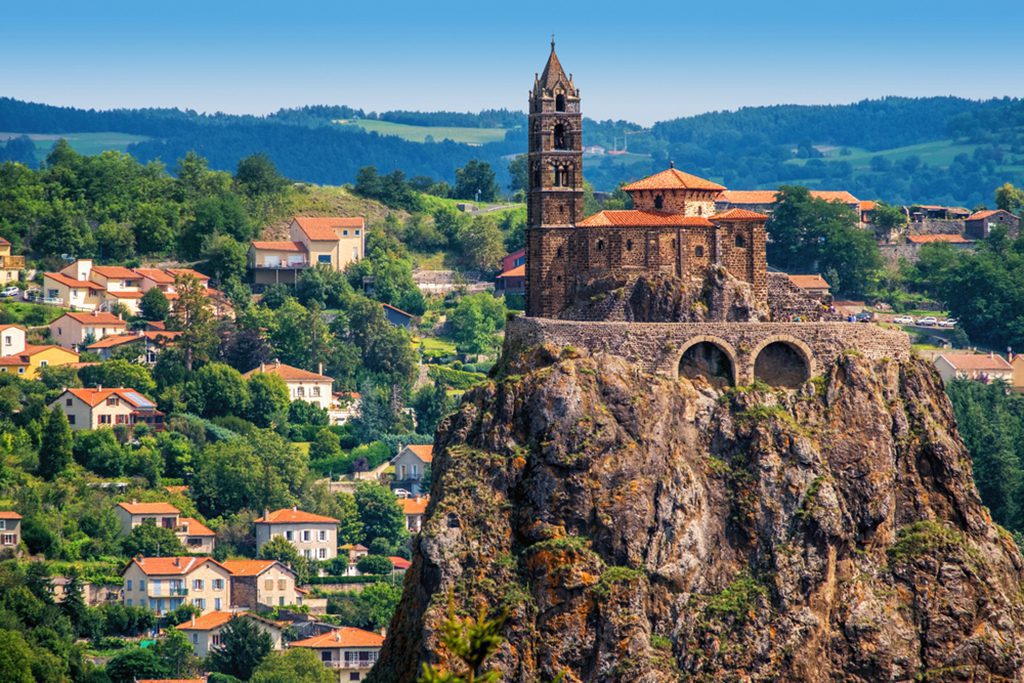
The southern French town of Le Puy-en-Velay is well-known for three things: its church, its lentils, and its lace. Pilgrims have visited the shrine dedicated to the Virgin Mary atop Mons Anicius since before the Middle Ages. The majority of visitors come to see Notre Dame Cathedral. Verveine, a green liqueur spiked with verbena, is another option for guests.
27. Epernay Champagne

Epernay, a little hamlet south of Reims, is well-known for its champagne and is a must-see for champagne-loving tourists. True to its name, it bills itself as “the capital of champagne” since so many of the world’s finest bubbly beverages come from this region. The champagne houses that line the Avenue du Champagne make it the ideal location for a tasting.
26. Cannes Film Festival
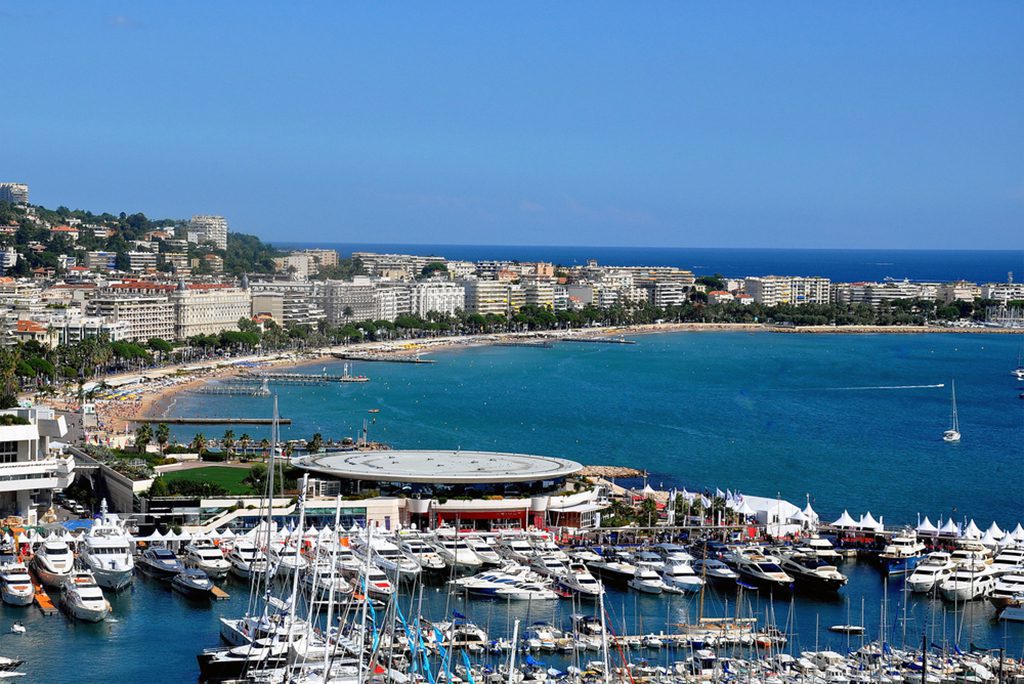
The Cannes International Film Festival attracts the who’s who of the film business from across the globe every May to this city on the French Riviera. Fans may still see their favorite actors and actresses throughout town, whether at a restaurant, a store, or one of the many beautiful beaches, even if they won’t be able to attend any of the screenings themselves.
25. Val d’Isere
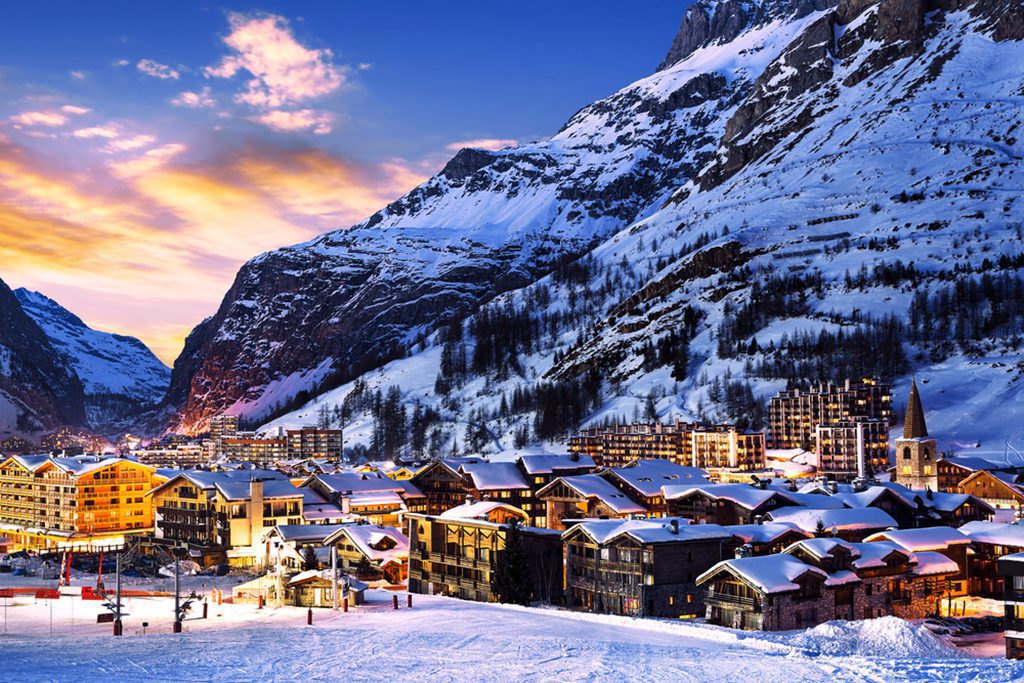
Skiers go to Val d’Isère, a resort in southern France not far from the Italian border. It was the site of downhill and slalom events for men in the 1992 Winter Olympics and is often the location for World Cup competitions. In the winter, the village’s 1,800 visitors exceed the locals by a factor of 15.
24. Nimes Roman Monuments

Located in the south of France, Nîmes was once a major metropolis in Roman Gaul. The city’s collection of Roman architecture, which includes a magnificent amphitheater and a remarkably intact Roman temple, attests to this fact. Because of this, Nîmes is the French equivalent of Rome.
23. Camargue
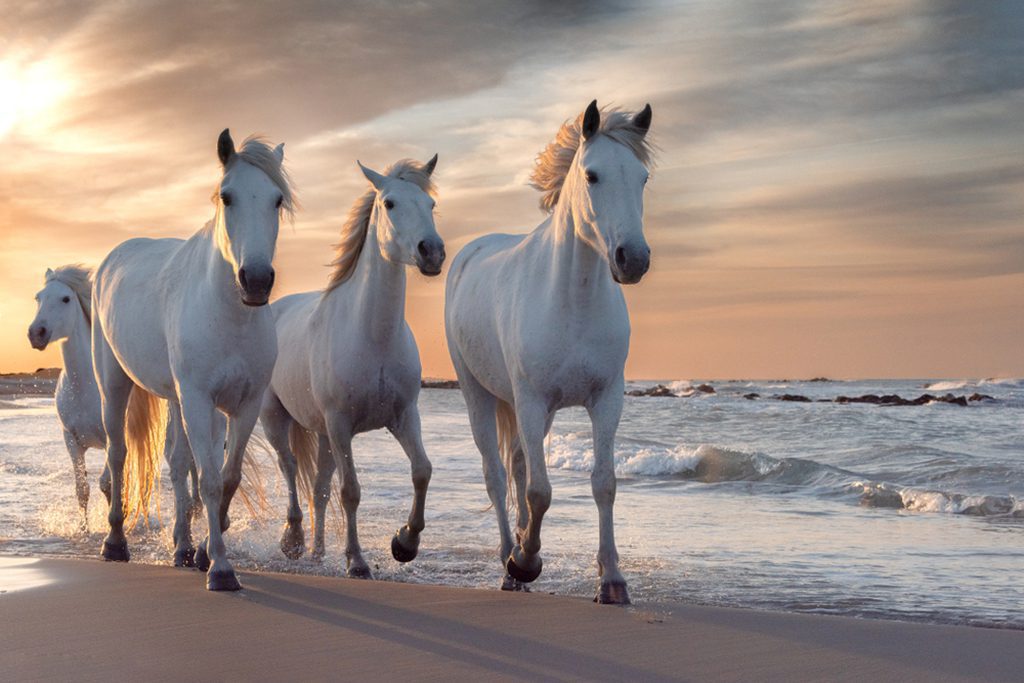
The Camargue is Western Europe’s biggest river delta, located between the Mediterranean Sea and the delta of the Rhone River. The marsh is well-known for its abundant birdlife, which numbers over 500 different species. The little white horses native to the Camargue’s vast marshes are just as well-known.
22. Vieux Lyon
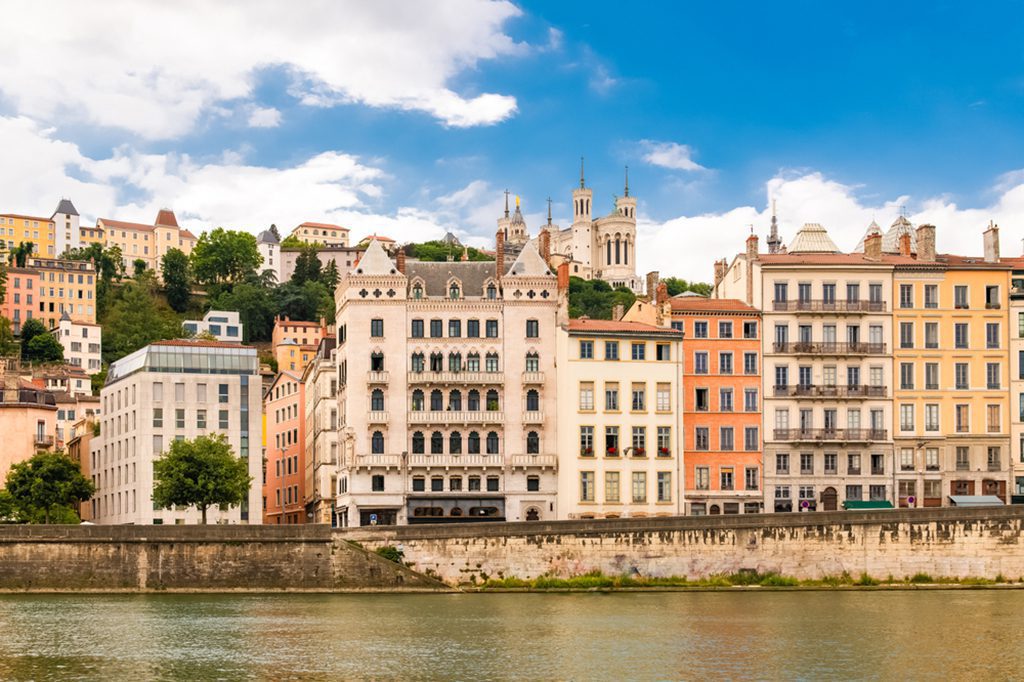
The Lyon Old Town, also known as Vieux Lyon, is the biggest Renaissance quarter in Lyon, and one of the first in Europe to be protected by French cultural heritage regulations. Old Town’s cobblestone streets are home to museums and boutiques rather than residents.
21. Bonifacio
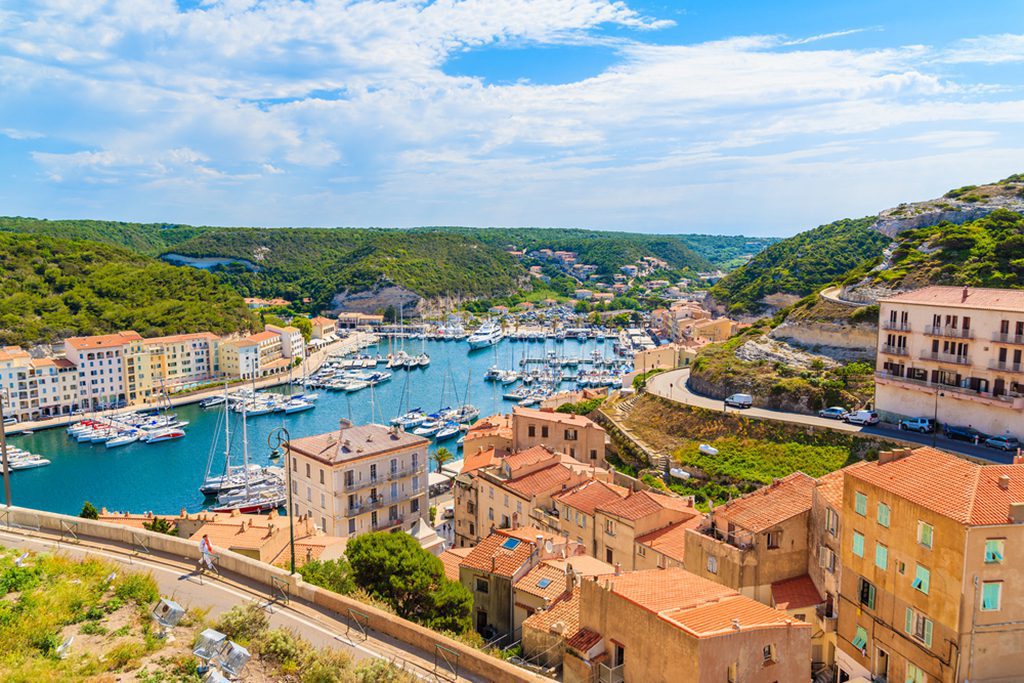
There is a town called Bonifacio in the southwestern part of the island of Corsica. White limestone cliffs, eroded by the sea into bizarre formations, line the neighboring shore. Buildings seem like they’re perilously close to plunging over the brink of the cliffs due to erosion. The French Foreign Legion previously lived in this citadel, which is now a museum.
20. Millau Bridge

There is a cable bridge at Millau, France, known as the Millau Bridge or Viaduct, and it stands at an impressive 343 meters, making it the highest bridge in the world (1,125 feet). The valley of the Tarn River in southern France is crossed by a four-lane bridge. The bridge opened in 2004 and is widely regarded as a technological triumph for France.
19. Etretat Cliffs
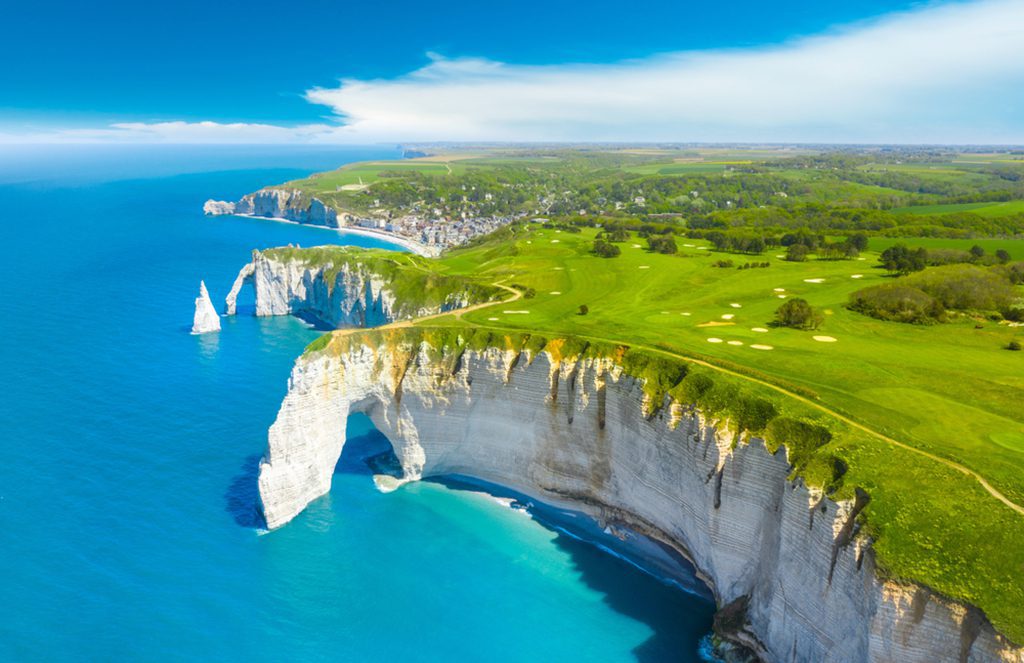
Compare the White Cliffs of Dover to France’s Étretat Cliffs. Arches punctuate the steep, white cliffs that protrude into the English Channel in Upper Normandy. Once upon a time, painters like Claude Monet and writers like Guy de Maupassant flocked to this sleepy rural community.
18. Reims Cathedral
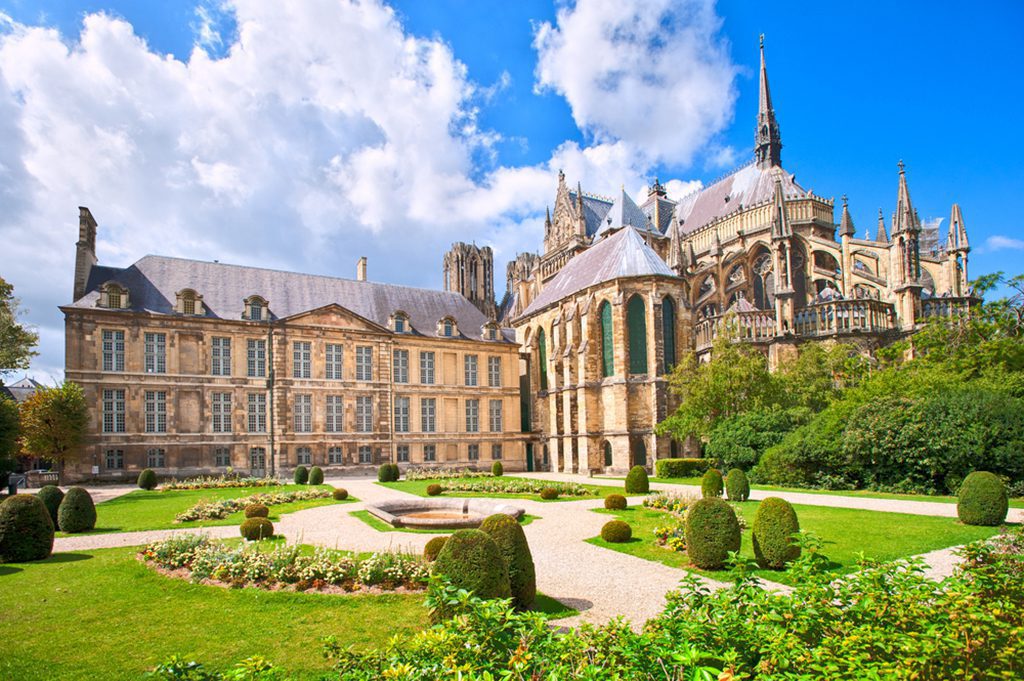
As the site of French royal coronations, the Cathedral of Reims has great significance for the French monarchy. From 1211 until 1275, the impressive building was constructed in the French Gothic style. It was constructed to take the place of an earlier cathedral that had been there since the year 400. About 1,000,000 people a year visit the cathedral.
17. Strasbourg Old Town
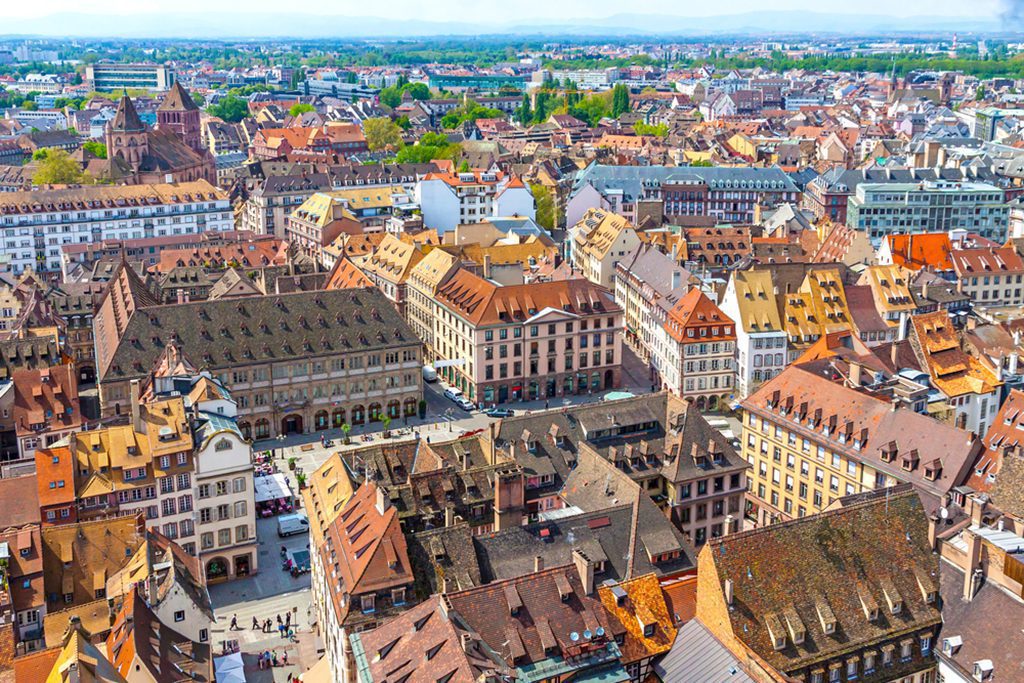
Alsace’s capital, Strasbourg, dates back to the Middle Ages. Streets in the Old Town are often small and paved with cobblestones, and houses are mostly made of wood. Tourists recommend either walking or cycling through Strasbourg’s old town, with many choosing to do it by following the canals.
16. Promenade des Anglais
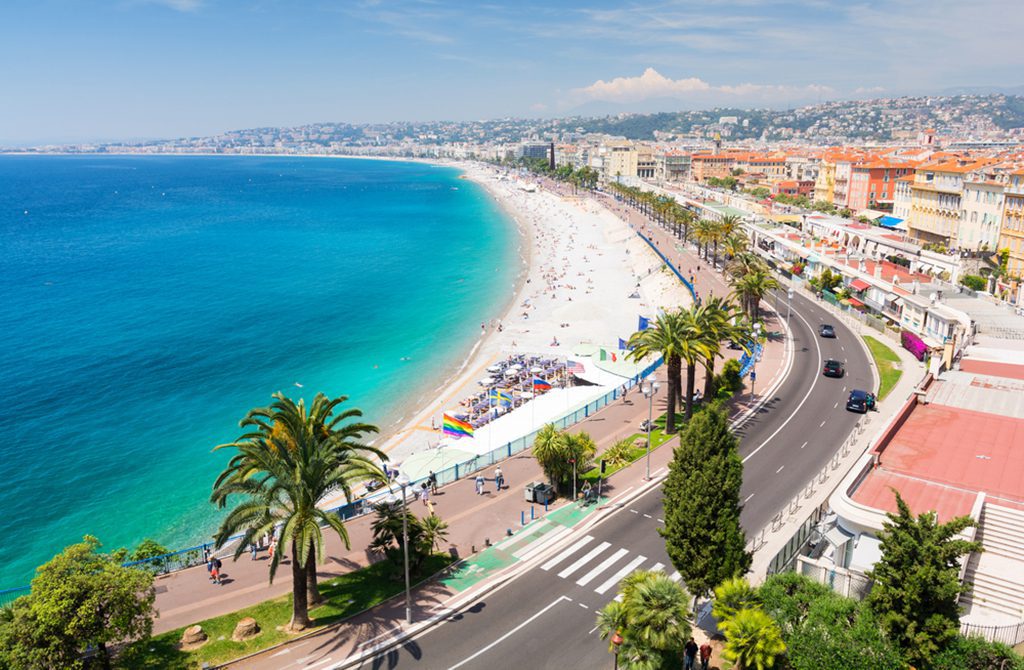
One of the most well-known promenades in the Mediterranean is Nice’s Promenade des Anglais. The town got its name from the English tourists who started spending the winters there in the 18th century. In addition to summer sunbathers, skateboarders and in-line skaters regularly frequent the area now known as “Le Prom.”
15. Annecy

Near the top of Lake Annecy in the Rhone Alps is the town of Annecy. Once a part of Switzerland and Sardinia, the gorgeous capital of Haute-Savoie became a French territory in 1860. The clean, fresh, and wonderfully turquoise Lac Annecy serves as the source for the many minor canals and streams that split the medieval town. The Palais de l’Isle, an island palace in the center of a waterway, is a major tourist draw.
14. Bordeaux Wine Regions
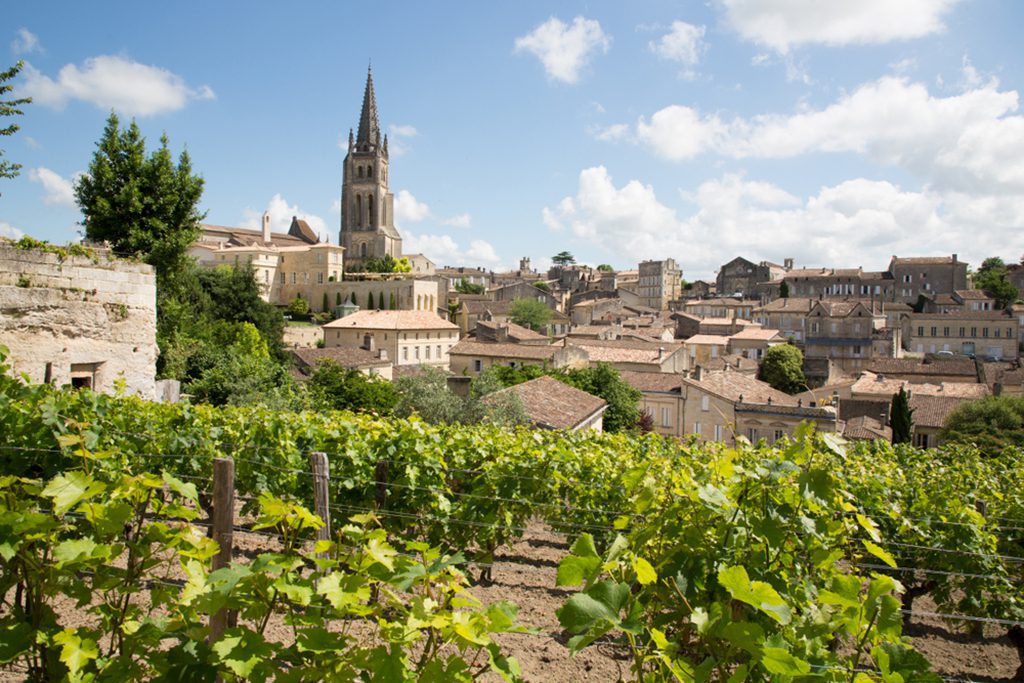
Some of the best red wines in the world come from the Bordeaux region, making it a must-see for wine enthusiasts. There are a number of regions and sub-regions within the Bordeaux area. Cabernet Sauvignon grapes are planted on the Left Bank, whereas merlot grapes are cultivated on the Right Bank. Grapes cultivated in this area are also used to produce white wines and sweet dessert wines.
13. Palace of Fontainebleau
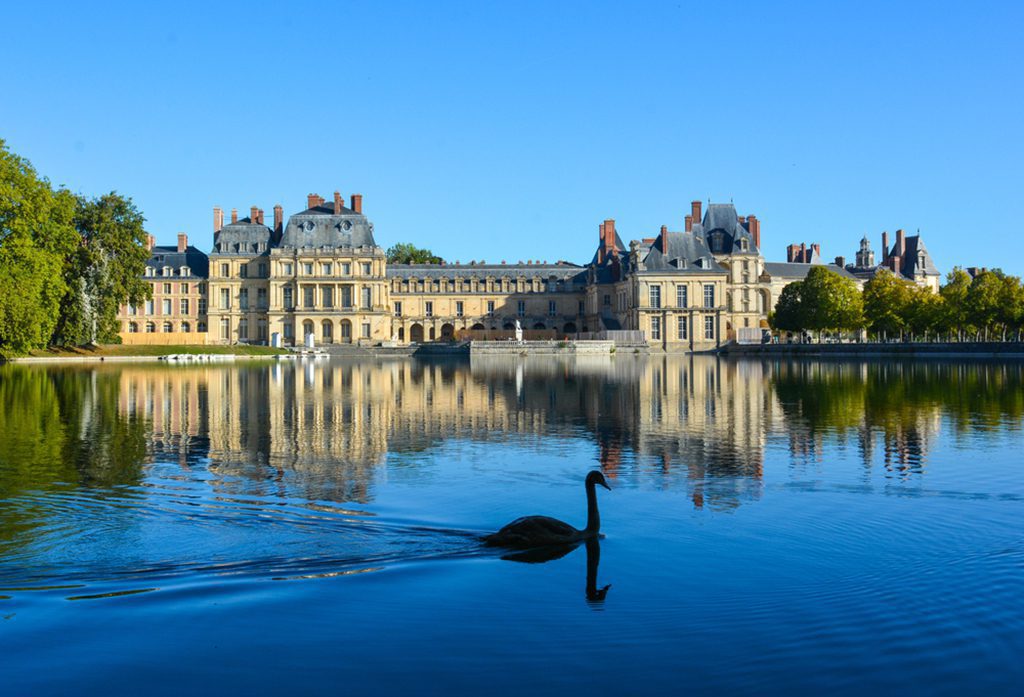
The Palace of Fontainebleau is one of the biggest French royal chateaux, and it is located less than 40 miles (65 km) from the center of Paris. Once used as a hunting lodge, this location has been in operation since the 12th century, and it was here that Napoleon formally abdicated as emperor before being banished to the island of Elba. The structures in the complex are elaborate, and their interiors are just as elaborate.
12. Pont du Gard
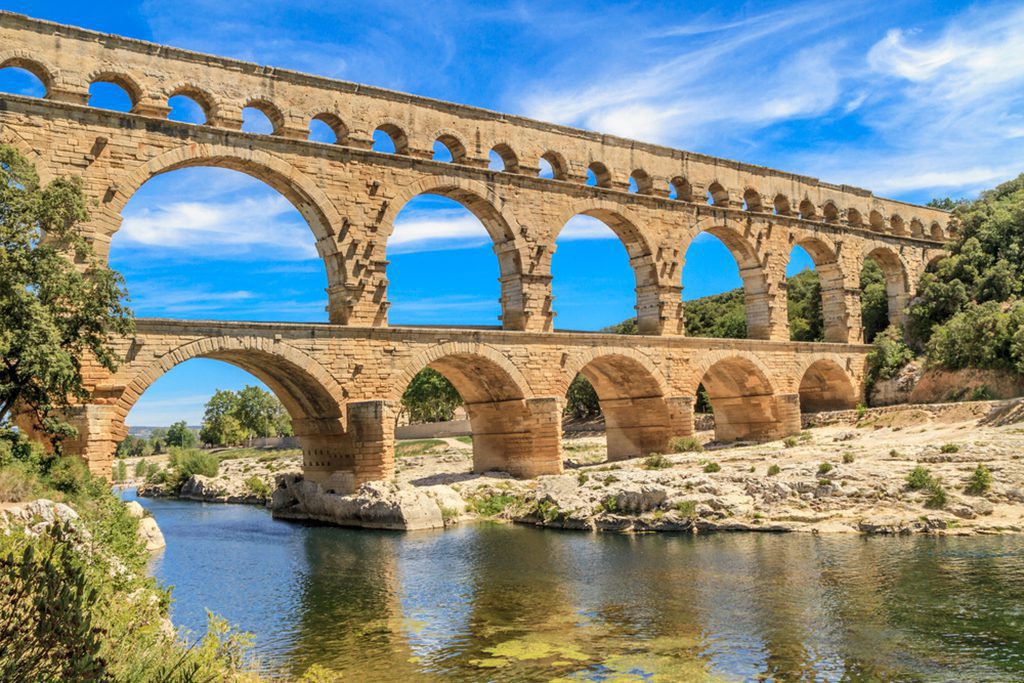
Located in southwestern France, the Pont du Gard is a historic Roman aqueduct/bridge that spans the River Gardon. It was constructed in the year 40 as part of a lengthy stream that supplied the Roman colony of Nimes with water from a spring near Uzes. It towers over the other Roman aqueduct bridges at an impressive 49 meters (160 feet) in height.
11. Carcassonne
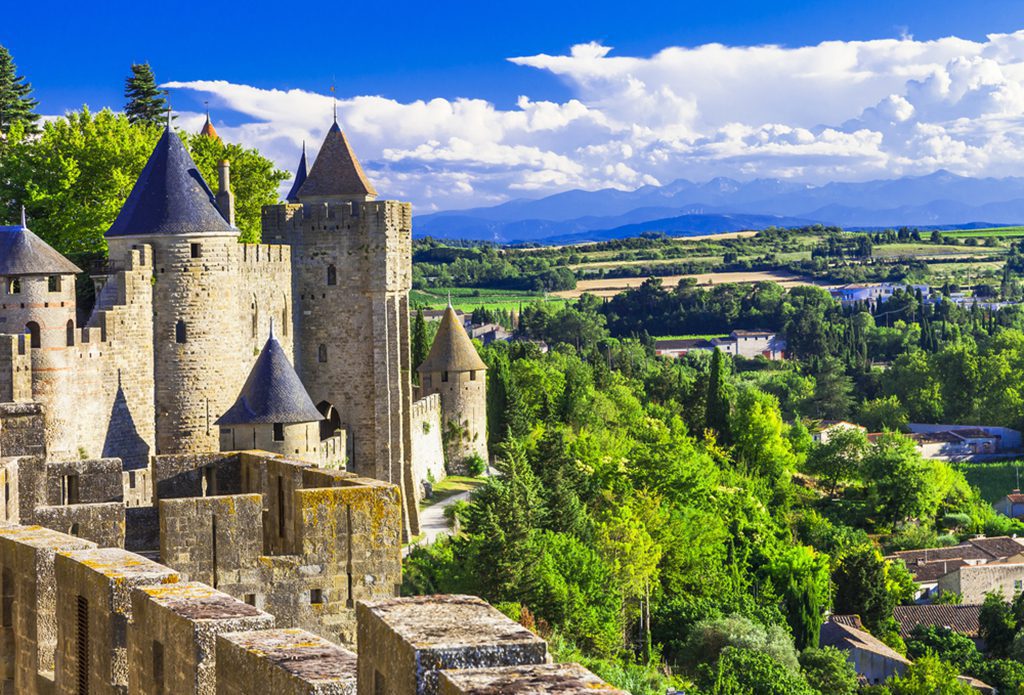
The Languedoc-Roussillon area is home to the medieval citadel of Cite de Carcassonne. About 2,500 years have passed since its founding, and by the middle of the 13th century, the city was a part of France. The French woolen textile industry formerly flourished in this area. The Cité was restored in the 19th century, and this led to a boom in tourism for Carcassonne.
10. Chartres Cathedral
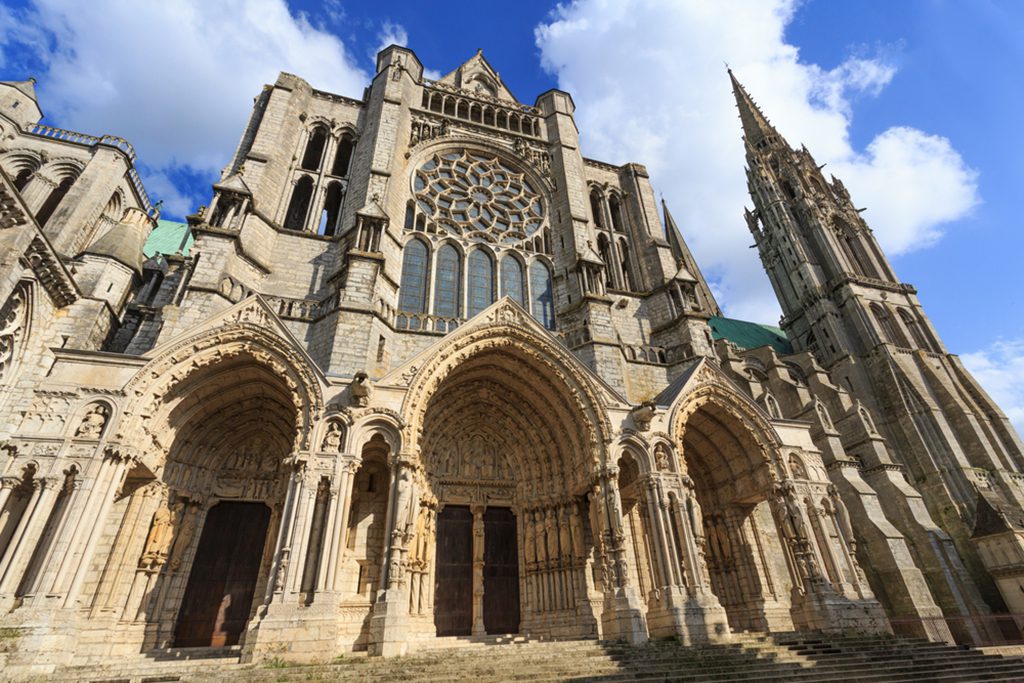
Even though it is close to Paris, the little city of Chartres feels too small to house the massive cathedral. It is one of the greatest specimens of French High Gothic architecture, with a spacious nave, porches decorated with superb sculptures, and beautiful 12th-and 13th-century stained glass windows that have survived almost entirely intact.
9. Dune of Pyla
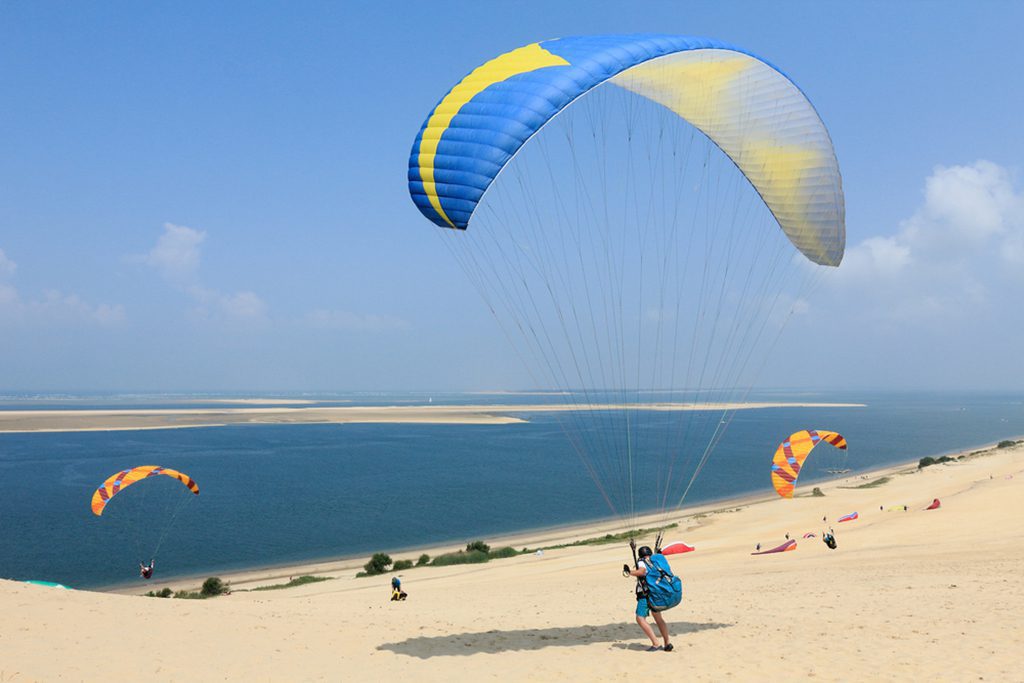
The Dune of Pyla, in the region of Arcachon Bay, is the largest sand dune on the continent. It’s consuming trees, a road intersection, and even a hotel as it advances eastward at a rate of around 4.5 meters per year. When you reach the top of the dune, you’ll have a breathtaking panorama of the Atlantic coast and the bay entrance on one side, and a vast pine forest on the other.
8. Palais des Papes
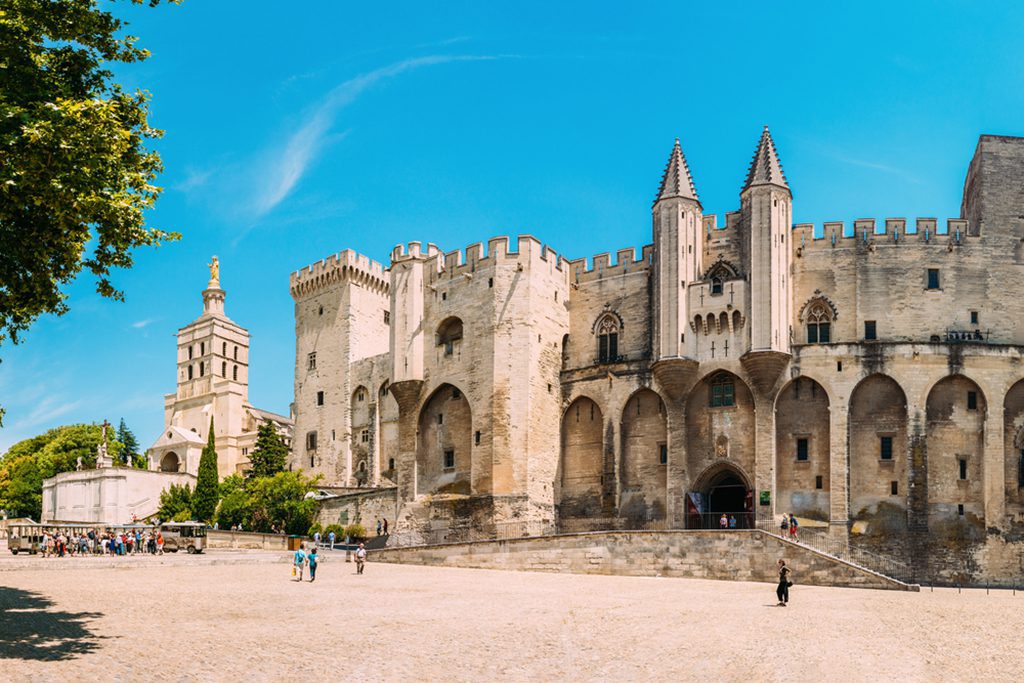
One of the biggest and most significant medieval Gothic structures in Europe, the Palais des Papes, is the crown jewel of Avignon. During the time when there was both a Pope in Rome and one in Avignon, this palace served as the seat of power for the latter. The palace looks like a castle because of its strong walls (3 meters/10 feet), portcullises, and watchtowers.
7. Chateau de Chambord

Chateau de Chambord is the ultimate château, a masterpiece of the French Renaissance. In 1519, King François I began building the Chateau de Chambord so he could more easily access the adjacent woodlands for hunting. The chilly and huge 440 rooms of the Château made it undesirable as a real house, and François I himself resided here for fewer than 40 days in all.
6. Gorge du Verdon
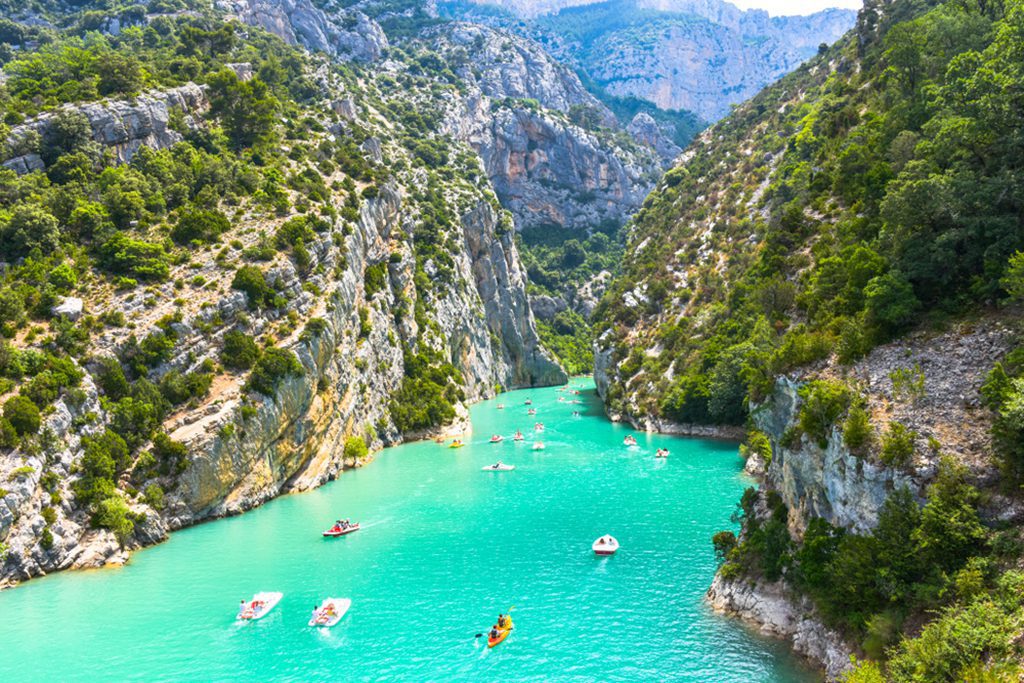
One of the most stunning river gorges in all of Europe is the Gorge du Verdon in southern France. Between Castellane and Moustiers-Sainte-Marie, where the Verdon River is at its deepest (about 2,300 feet, or 700 meters), you may take in some of the canyon’s most breathtaking scenery.
5. Mont Saint-Michel
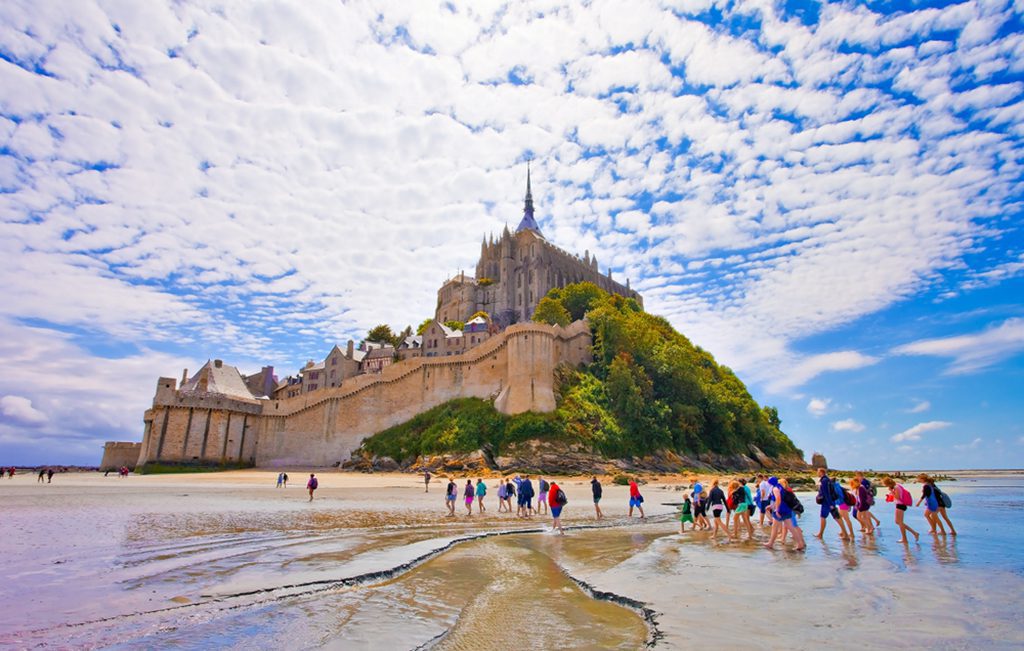
The island of Mont Saint Michel, off the coast of Normandy, is a tiny tidal island. On the highest point of the rocky island, surrounded by the twisting lanes and tangled buildings of the medieval town, lies the beautiful and well-preserved Norman Benedictine Abbey of St. Michel. The island is connected to the mainland by a narrow causeway.
4. Palace of Versailles
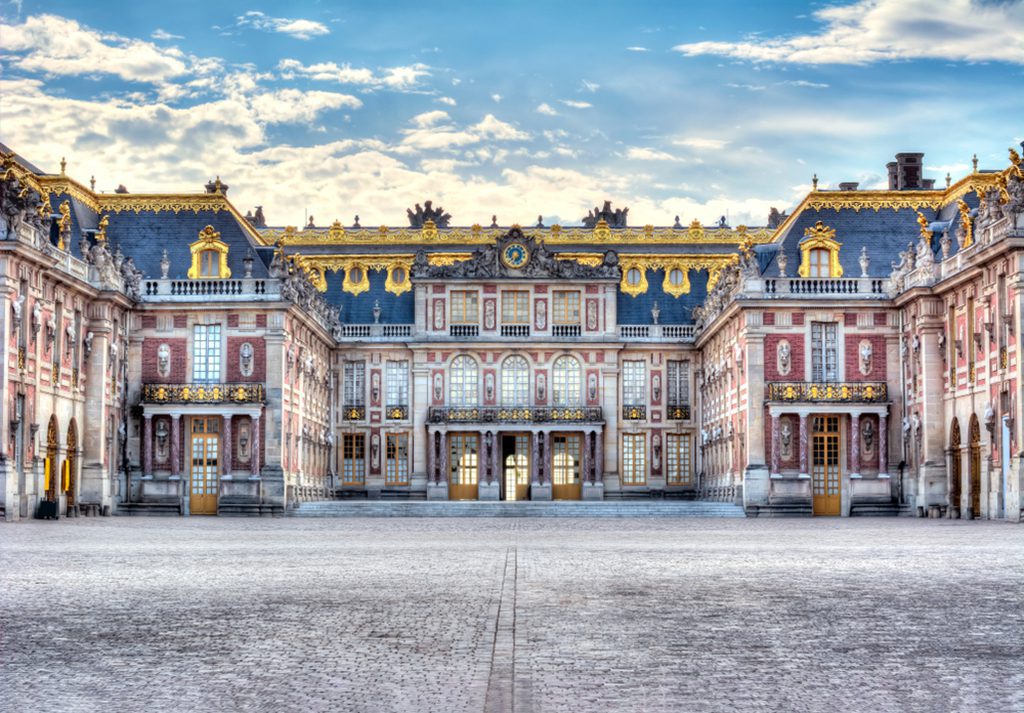
Marie Antoinette, the French queen who was killed during the French Revolution, and the Palace of Versailles are often mentioned together. In 1624, the royal residence was built on the site of a previous hunting lodge. Located just outside of the French capital, Versailles is renowned for its stunning gardens and breathtaking Hall of Mirrors.
3. Chamonix
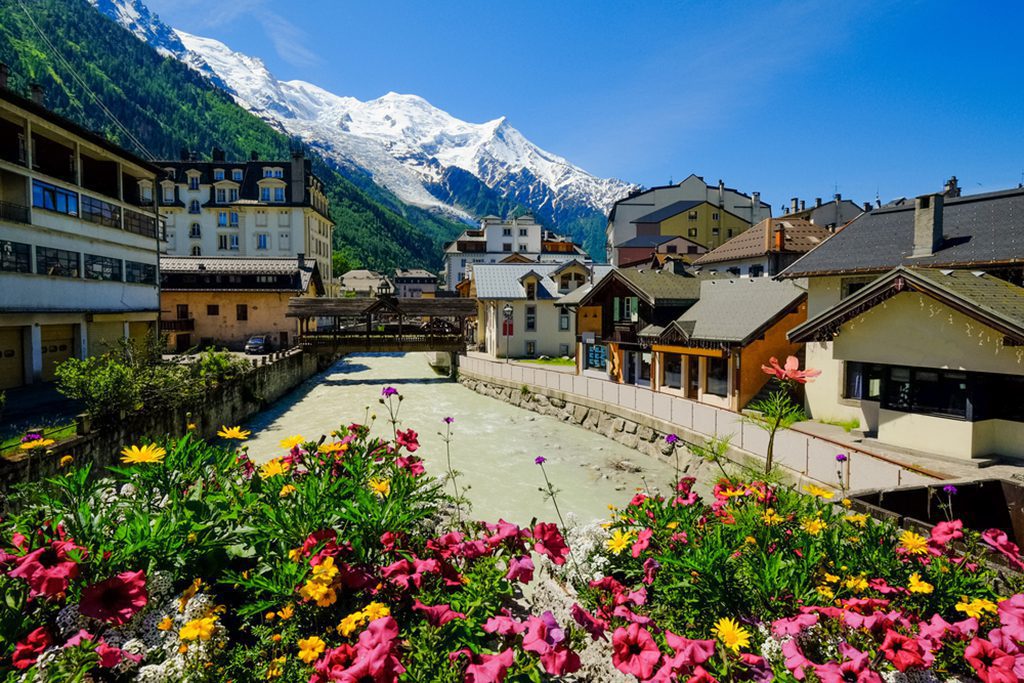
The Chamonix Valley is among the first and oldest ski areas in France. In 1924, the Olympics were first staged in this location. It lies in the French Alps, close to Mont Blanc. In the winter, world-class skiers and snowboarders test their limits on Europe’s most difficult slopes, while in the summer, Chamonix becomes a haven for alpine mountaineers and mountain bikers. In the summer, many people enjoy taking a cable car ride into the Alps.
2. St Tropez
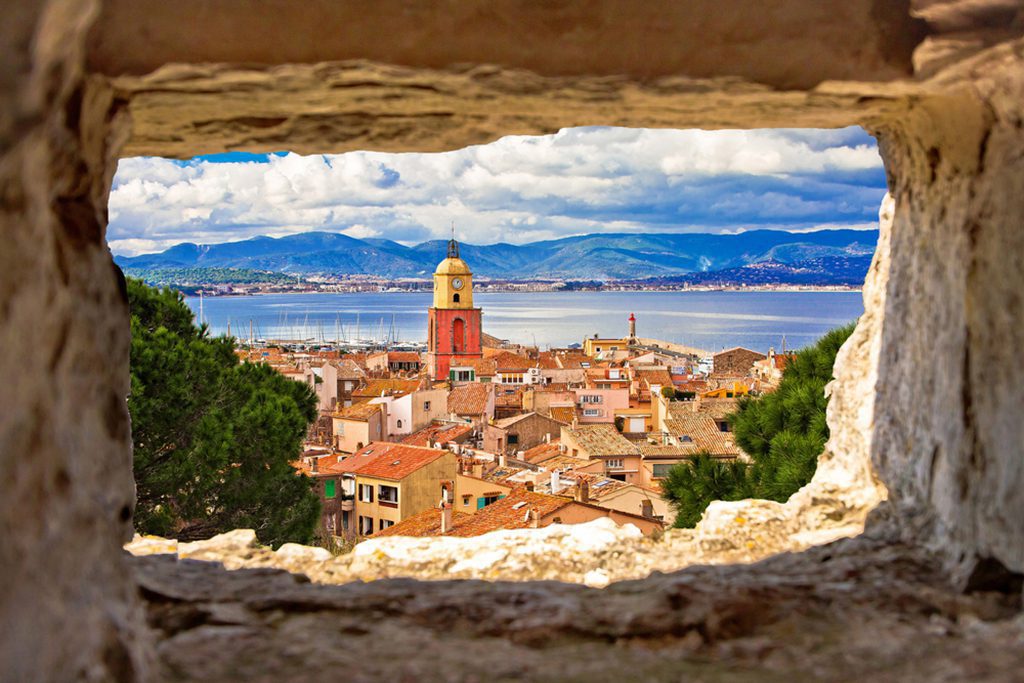
On the French Riviera, there is a resort town called St. Tropez. It has transformed from a fortress, a fishing hamlet, and an artist colony to a playground for the jet set, fashion models, and the wealthy. There are both nude sunbathers and those who come to engage in water activities, including windsurfing, sailing, motorized water sports, and yachting. You’re less likely to run across famous people outside of the summer, but you’ll have a far easier time seeing what all the fuss was about when you visit this charming community.
1. Eiffel Tower
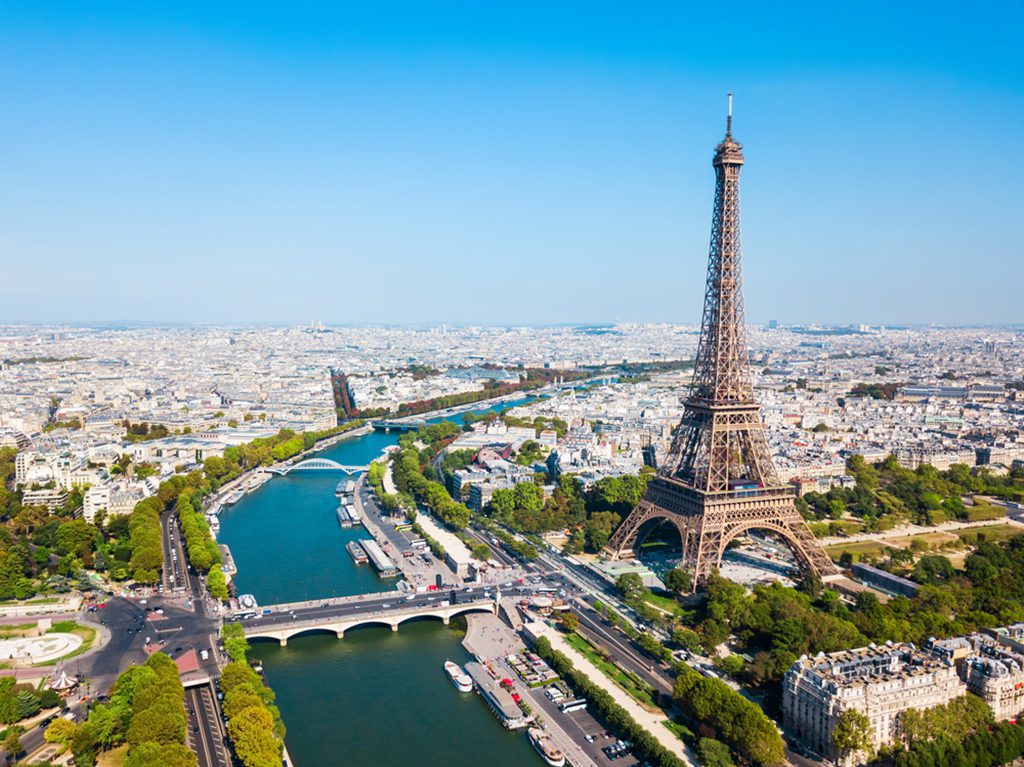
France’s most famous landmark, the Eiffel Tower, is instantly recognizable as a representation of Paris. Gustave Eiffel erected the tower in 1889 as the showpiece of the Paris Arch, which served as the main entry to the International Exposition. Its height of 324 meters (1,063 ft) makes it the tallest skyscraper in Paris and provides breathtaking views of the city below. The Eiffel Tower is the most visited paid tourist attraction in the world, with over 200 million visitors.


